Cities across India have long grappled with the persistent problem of public spitting, and perhaps nowhere is this struggle more visible in Delhi than in Connaught Place (CP). The white pillars and corners of the stately colonial-era market are often stained with the unmistakable red marks of betel leaf and tobacco spittle.

In fact, CP has become the site of a relentless game of cat and mouse between the errant public and civic authorities. The New Delhi Municipal Council (NDMC) paints over spit stains, and within days, the marks reappear.
Ahead of the 10-year celebration of the Swachh Bharat Mission (SBM) on October 2, NDMC whitewashed CP’s red-splattered pillars and corners, only for many of them to turn crimson again in just a few days. “We’ve tried everything — fines, spittoons, anti-spitting signs — but nothing seems to work,” said an NDMC official. “The biggest problem is people just don’t feel ownership over these spaces. It’s difficult chasing after spitters all the time.”
Delhi’s battle with public spitting mirrors that of other Indian metropolises. Despite many laws banning spitting in public, cities like Mumbai, Kolkata, Pune, and Bengaluru continue to contend with public spaces marred by spit stains. While the Swachh Bharat Mission introduced a renewed focus on hygiene and sanitation, it has barely made a dent in the deeply ingrained habit of public spitting.
During the Covid-19 pandemic, stricter enforcement — prompted by public health concerns — led to a temporary decline in the practice. Spitting was banned under the Disaster Management Act of 2005, with violators facing stringent fines. However, as the pandemic faded, so did the enforcement, and urban India has largely reverted to its old ways.
Take Pune, for example, a city with a history of innovative initiatives to combat public spitting. The Pune Municipal Corporation (PMC) once even observed “Anti-Spitting Day” every Wednesday, but the campaign eventually fizzled out. In 2018, the city introduced a more creative — or rather punitive — approach: those caught spitting were fined and required to clean up their mess. However, this initiative also failed to create a lasting impact.
Today, Pune is one of the few cities that has retained the hefty ₹1,000 fine for public spitting, a measure introduced during the Covid-19 pandemic. Between October 1 last year and September 30 this year, the city’s flying squads and sanitary inspectors fined approximately 1,228 offenders. Yet, PMC continues to grapple with this deeply ingrained habit.
But Sandip Kadam, deputy commissioner who heads PMC’s Solid Waste Management Department, remains optimistic. “The problem is especially acute at bus stops and traffic signals. We’ve decided to focus on these areas, but ultimately, it’s about behavioural change, which is a long, drawn-out process. By stepping up our awareness programs and punitive measures, we believe we can eventually achieve it,” he said.
Over the years, cities such as Mumbai, Bangalore, and Hyderabad have also tried measures — both punitive and persuasive — without much effect.
ALSO READ- Haryana govt formation: BJP names Union home minister Amit Shah, MP CM Mohan Yadav as observers
A historical context
Public spitting in India, say, sociologists, has deep cultural and behavioural roots, often tied to the widespread habits of chewing betel nut (paan), tobacco, and gutka. Historically, spitting in public wasn’t regarded as an offence. Open spaces were treated as spittoons, with little thought to hygiene or public health. It wasn’t until the arrival of colonial infrastructure — railways, courts, and government offices — that attempts to regulate spitting began. “No Spitting” signs came up, but enforcement was not strict, so the practice continued unabated.
But the issue is far from unique to India. In fact, public spitting was a major health concern in the late 19th and early 20th centuries in several Western cities, mainly due to its link to the spread of tuberculosis (TB). London enacted anti-spitting laws in 1903, while New York introduced its first ordinance in 1896. Chicago and Manchester followed suit, implementing bans and public awareness campaigns. These cities found that curbing the habit required more than just fines — grassroots education and public health awareness were essential in shifting social attitudes and behaviour, highlighting the collective dangers of personal habits.
ALSO READ- Baba Siddique murder: Third accused arrested from Pune, had hired shooters
Ross Coomber, a sociologist at the University of Liverpool, conducted an ethnographic study in 2013 across six Asian countries, including India, to observe the behaviour of public spitting. His findings revealed that spitting is not merely a physical act but a cultural one. Rooted in the belief that spitting removes impurities or toxins from the body, many do not consider it rude or unhygienic. Coomber emphasised that any intervention to reduce public spitting must consider these deep-rooted cultural norms.
Vivek Kumar, who teaches sociology at Jawaharlal Nehru University (JNU), said the habit of public spitting has rural origins and has been carried into cities by migratory populations. “Many people think that public spaces are expendable, while personal spaces are sacred and must be kept clean. This reflects a skewed understanding of the purpose of public spaces.”
ALSO READ- Air quality worsens to ‘poor’ in Delhi, minimum stays below 20°C
Anti-spitting warriors
Across India, various anti-spitting campaigners have been striving to combat this menace. Take, for example, Odette Katrak from Bengaluru. In March 2020, Katrak launched the “Stop India Spitting” campaign through her volunteer group, Beautiful Bharat. She initiated a petition urging the Prime Minister to make spitting in public spaces a punishable offence. The campaign quickly gained momentum, gathering over 41,000 signatures in just a few weeks and sparking widespread conversation on social media.
“When I started my campaign in 2009, people viewed spitting as merely a dirty habit. But post-pandemic, they’ve begun to realise that it’s also a disease-carrying and dangerous act. Unfortunately, Swachh Bharat didn’t focus enough on spitting; its primary concern in urban areas has been sanitation and waste management,” she explained. “We’ve successfully raised awareness among millions through various initiatives like signage drives, music, posters, cartoons, flash mobs, and collaborations with NGOs, hospitals, schools, colleges, railways, and airports across the country.”
Katrak said one of the campaign’s key objectives is to increase the visibility of “No Spitting” signs, making it clear that public spitting is unacceptable and an offence. She highlights the success of India’s Metro systems where, she feels, a combination of signage and surveillance has led to spit-free environs. “The metro has shown that with the right mix of enforcement, visible signage, and a consistent message, it’s possible to deter people from spitting in public spaces,” she said.
Indeed, many believe this success of Metro serves as a model for other public spaces in cities. “We have a zero-tolerance policy towards cleanliness and hygiene. Our housekeeping, station, and security staff are always vigilant, ensuring that passengers do not spit or litter,” said Anuj Dayal, principal executive director, DMRC. “Anti-spitting, signage, camera surveillance, as well as the provision of penalty, helps, but more than these measures, I believe an immediate behavioural change happens once a passenger enters the Metro system because he finds the system so neat and clean.”
Like Katrak, Pune-based couple Raja and Priti Narasimhan have been tirelessly running what they call the “Spit-Free India Movement” since 2010. Working with civic agencies, they engage schools and colleges, enlisting students to participate in activities such as public wall painting, street plays, and awareness sessions. Their mission is to raise awareness about the dangers of public spitting, and they have found creative ways to spread the message.
In March 2021, the couple transformed their car into a rolling billboard, plastered with anti-spitting messages. With the slogan “Love Your City, Love Your Country”, they set off on a cross-country drive, navigating through 26 states, hitting major cities like Mumbai, Chennai, Ahmedabad, Delhi, Bengaluru, and others, where senior civic or police officials flagged off their journeys. Their vehicle became a moving symbol of their cause, turning heads as it cruised through city streets.
Raja Narasimhan even set a record in the India Book of Records for visiting the maximum number of states and Union territories by road to raise awareness about public hygiene.
ALSO READ- President’s rule revoked in Jammu and Kashmir, paves way for Omar Abdullah govt
A lost battle
However, despite their relentless efforts, Narasimhan admits that the fight is far from over. “One of the biggest challenges we face is the heavy advertising campaigns by gutka manufacturers featuring celebrities. Until that stops, changing behaviours will remain difficult,” he said. “Those who spit in public spaces feel no fear of consequences.”
Psychiatrists suggest that public spitting, as a non-civic act, can be an expression of rebellion or defiance against societal norms. “For some individuals, it reflects passive aggression, often linked to low self-esteem or anti-social personality traits,” explained Dr Deepak Raheja, a Delhi-based psychiatrist. “These people tend to reject societal rules, and occasional fines are not enough to deter them. Punishment is effective only when it’s consistent and coupled with social consequences, like public shaming.”
Vivek Kumar believes that cultivating civic sense from a young age is key to long-term change.
“Civic education should be compulsory in schools; children are the best messengers to carry this forward,” he said.

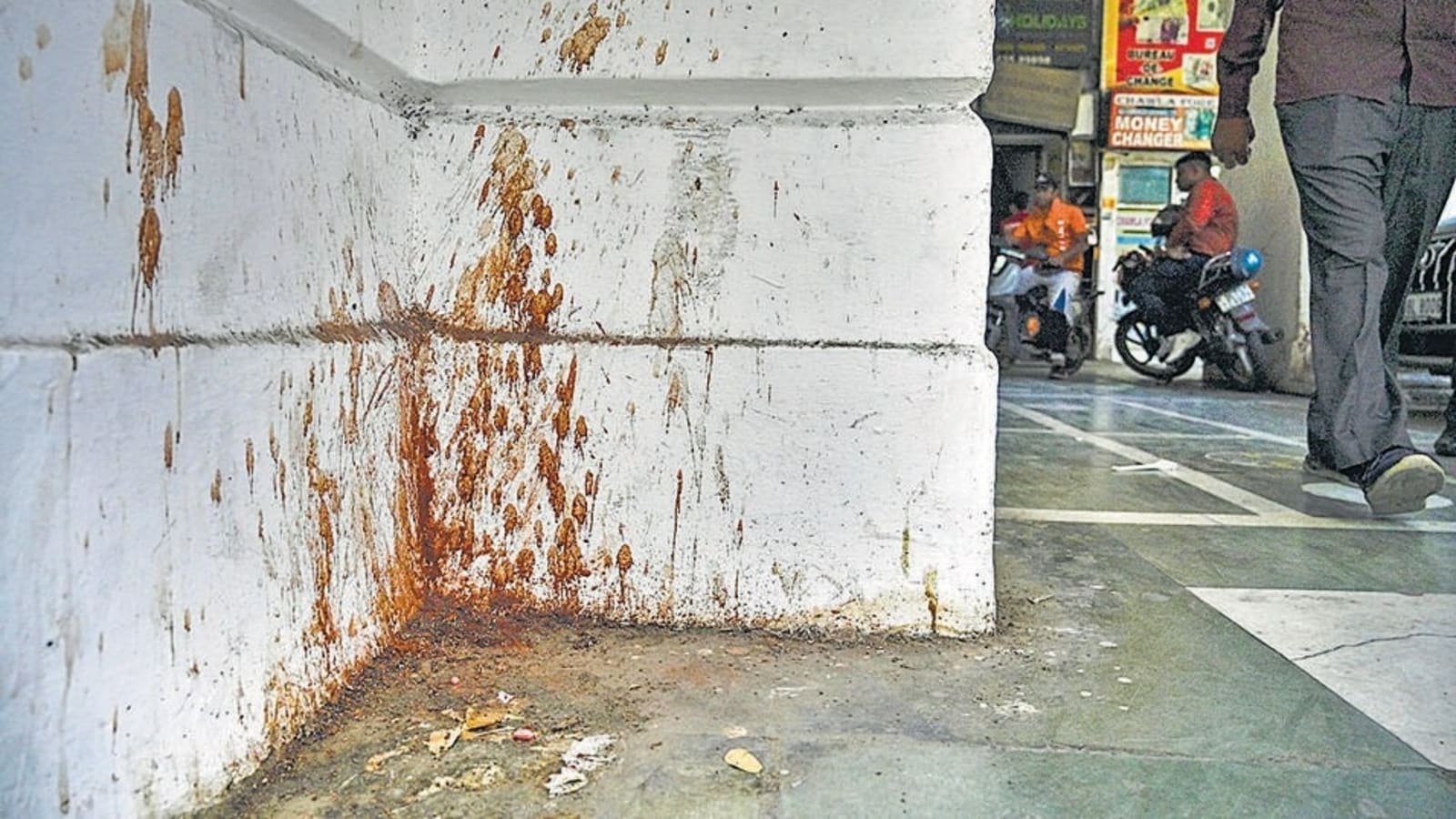

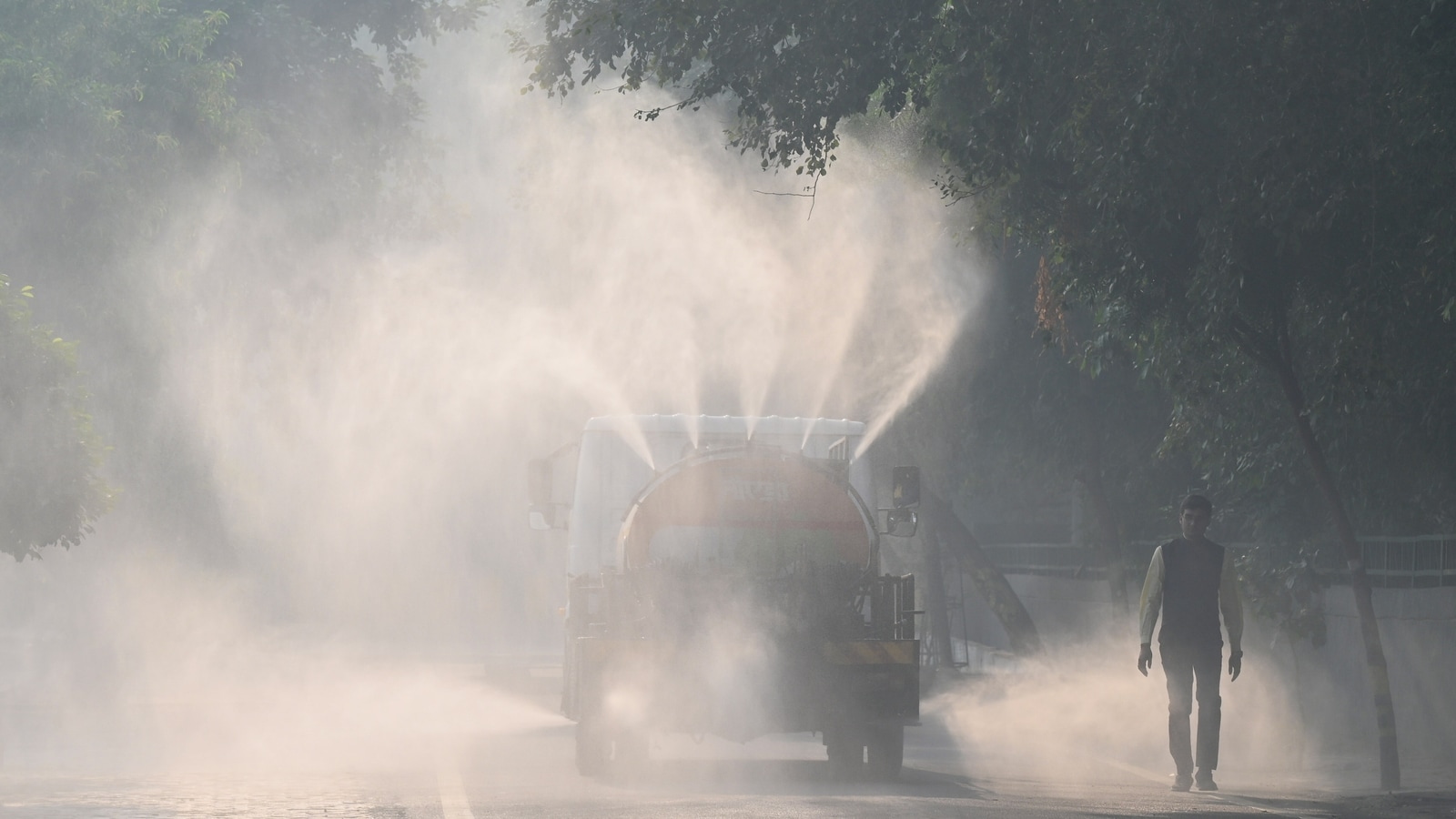
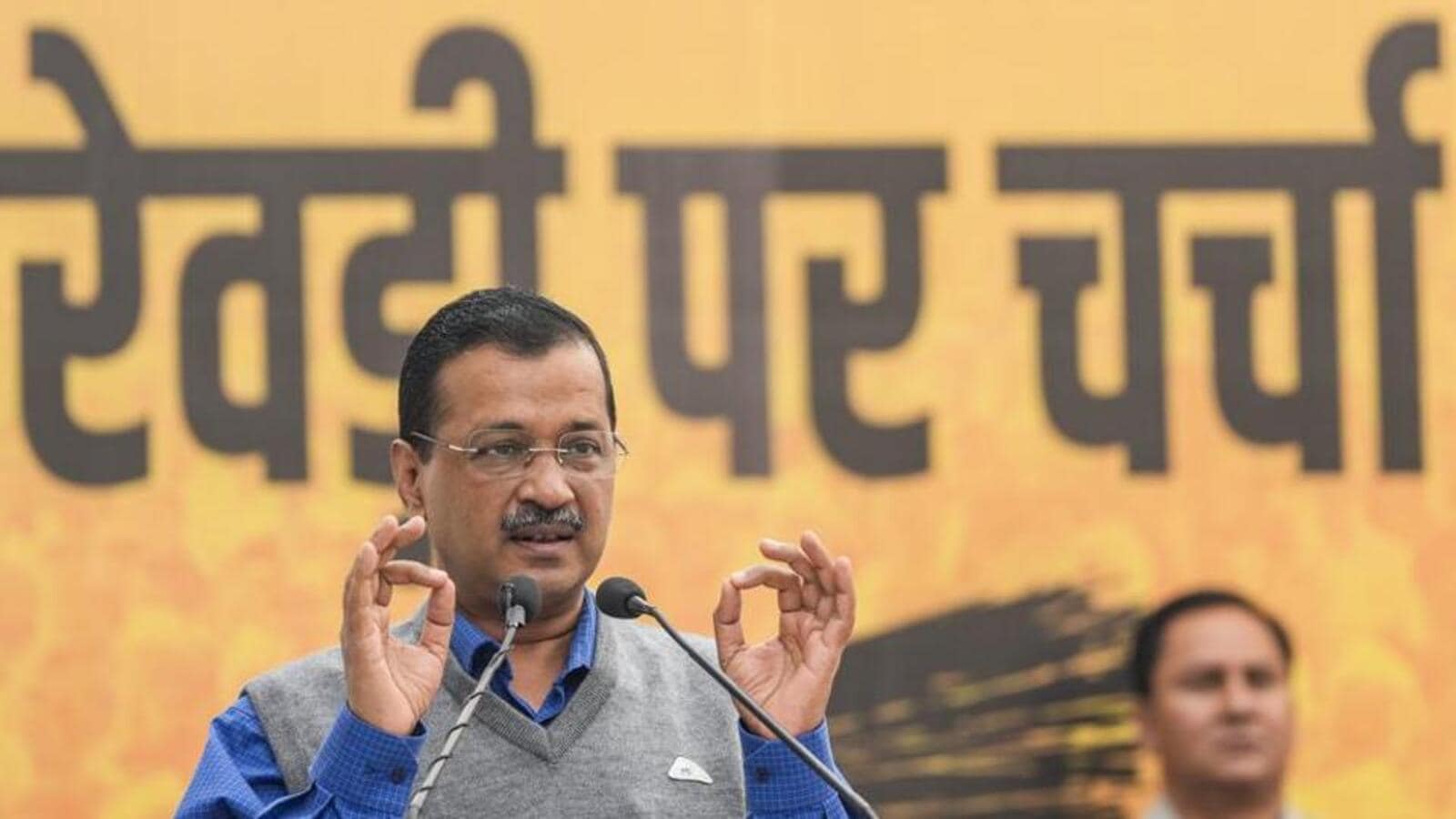
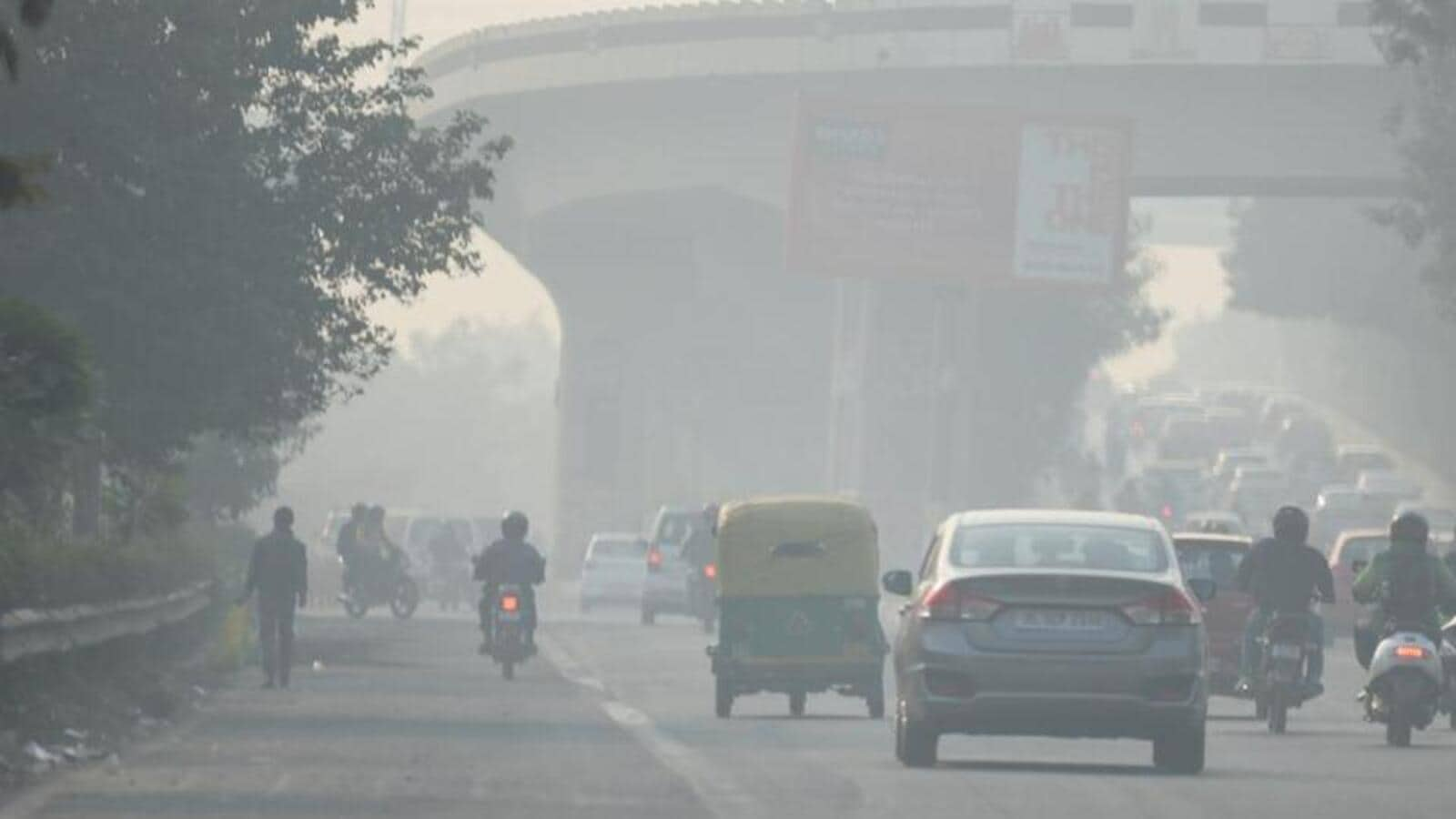
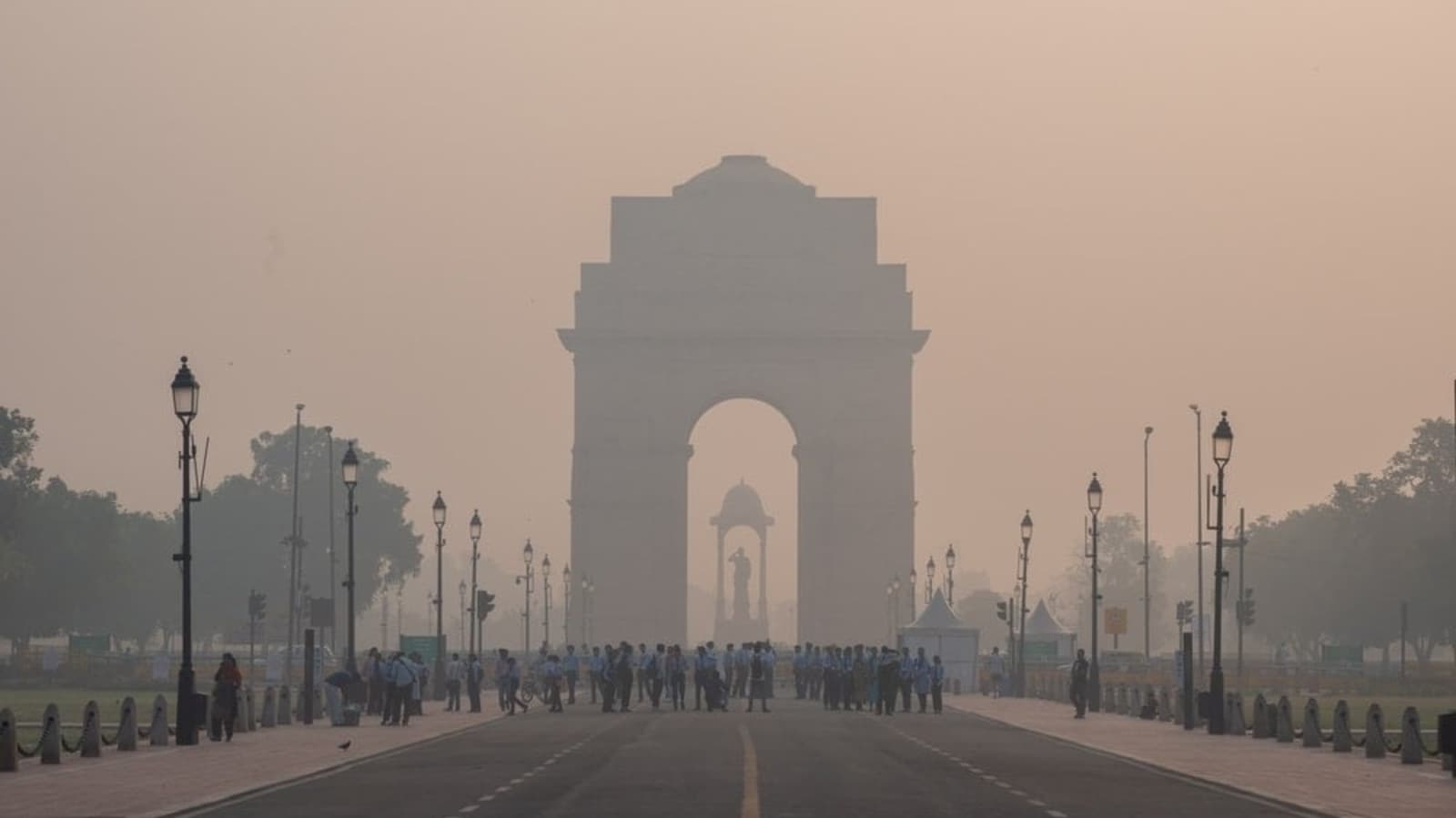

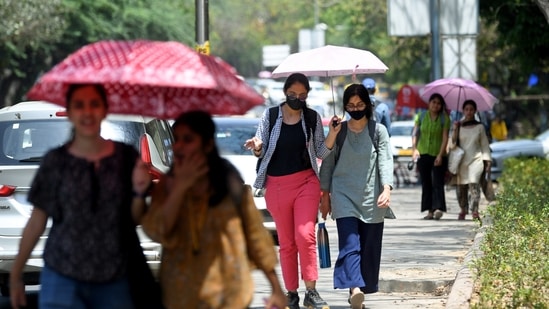


Leave a Reply